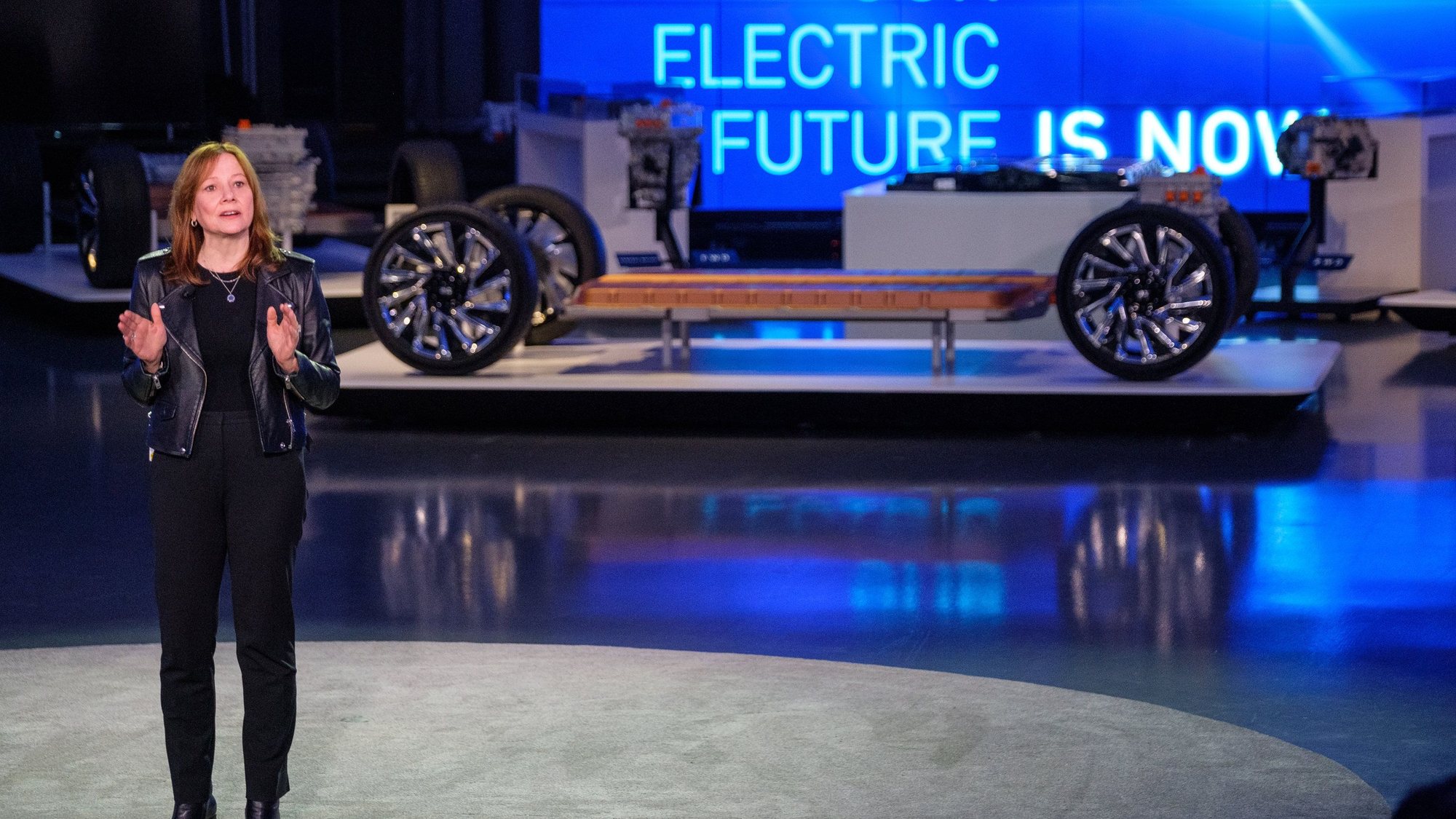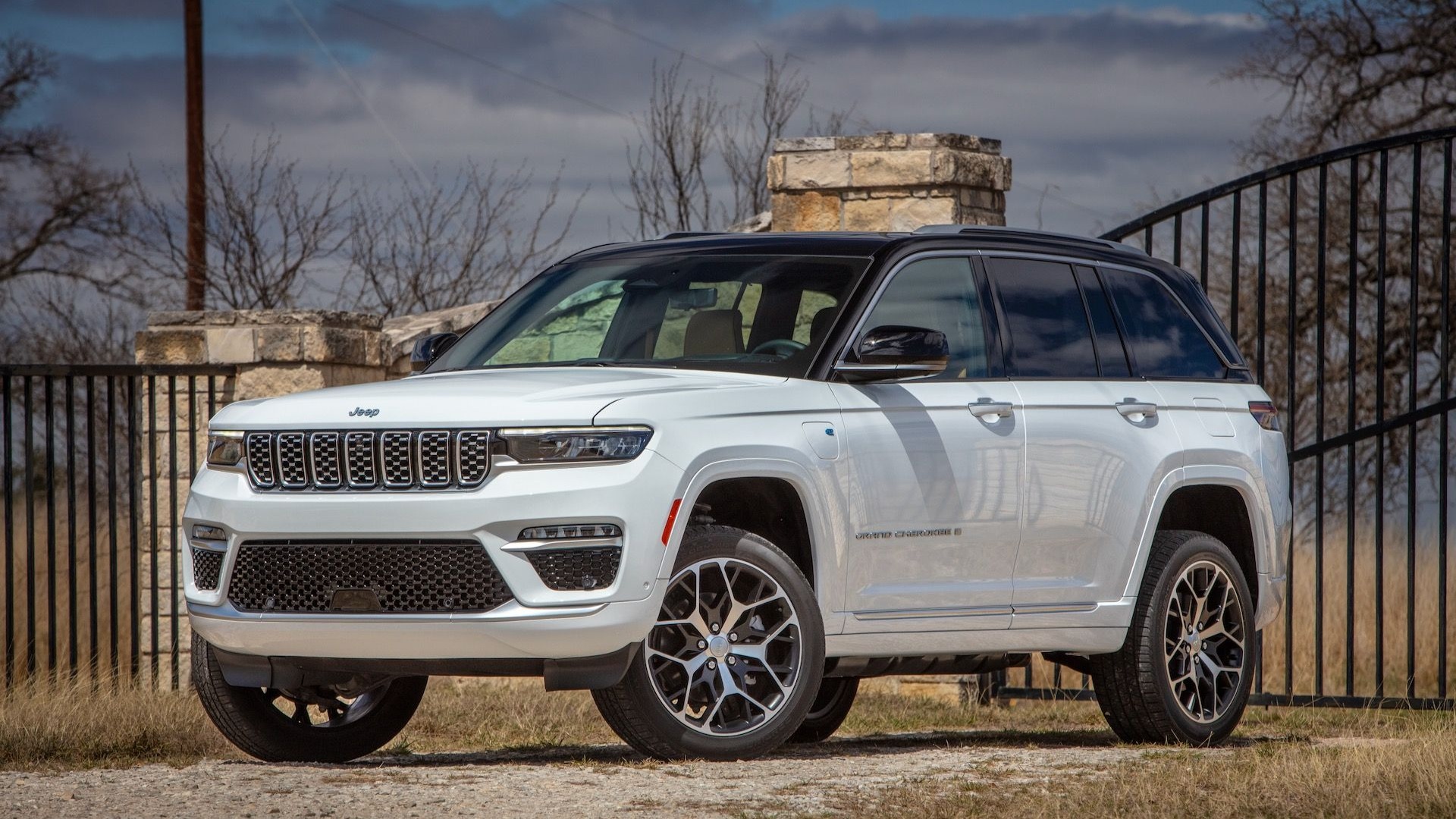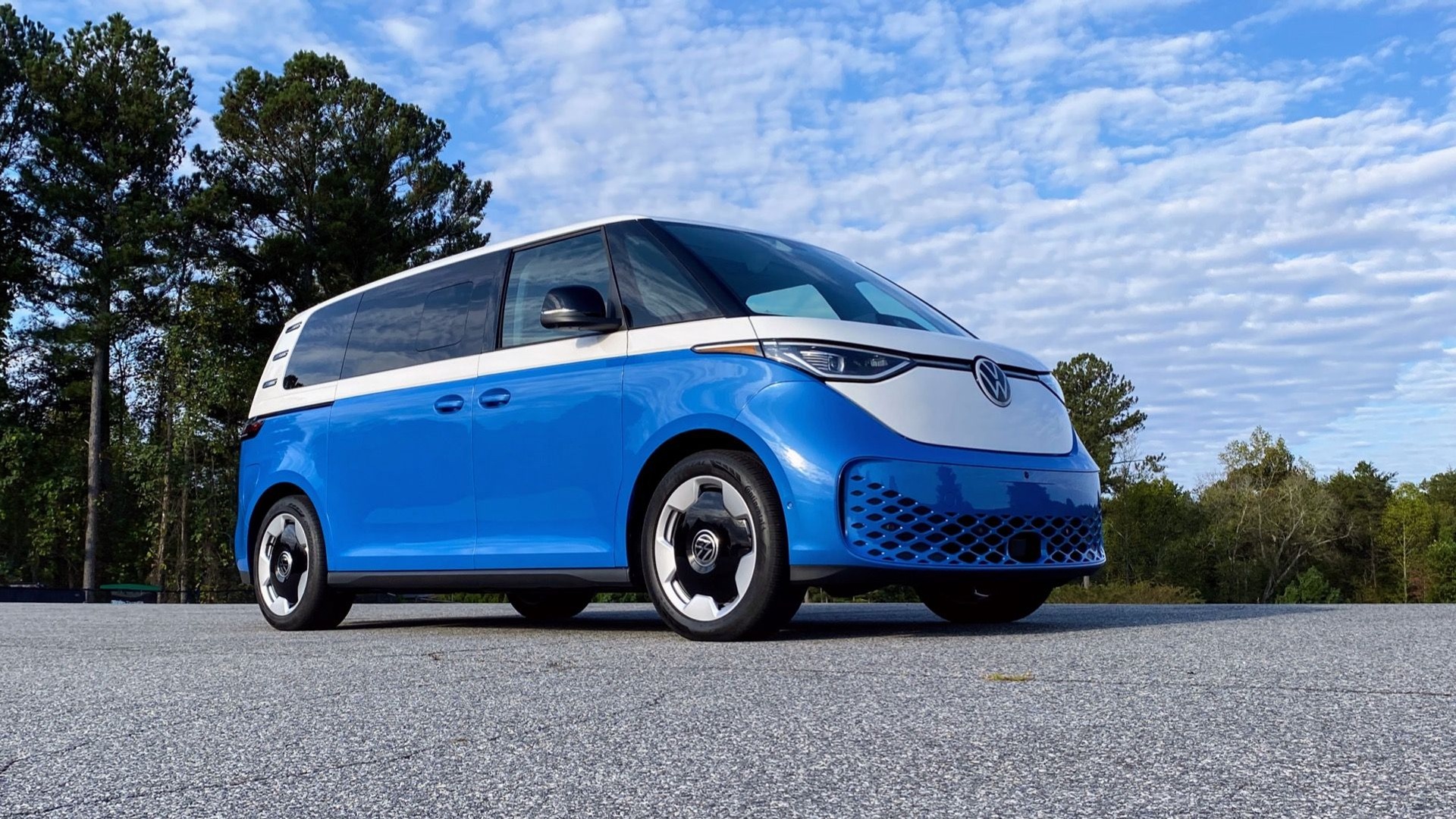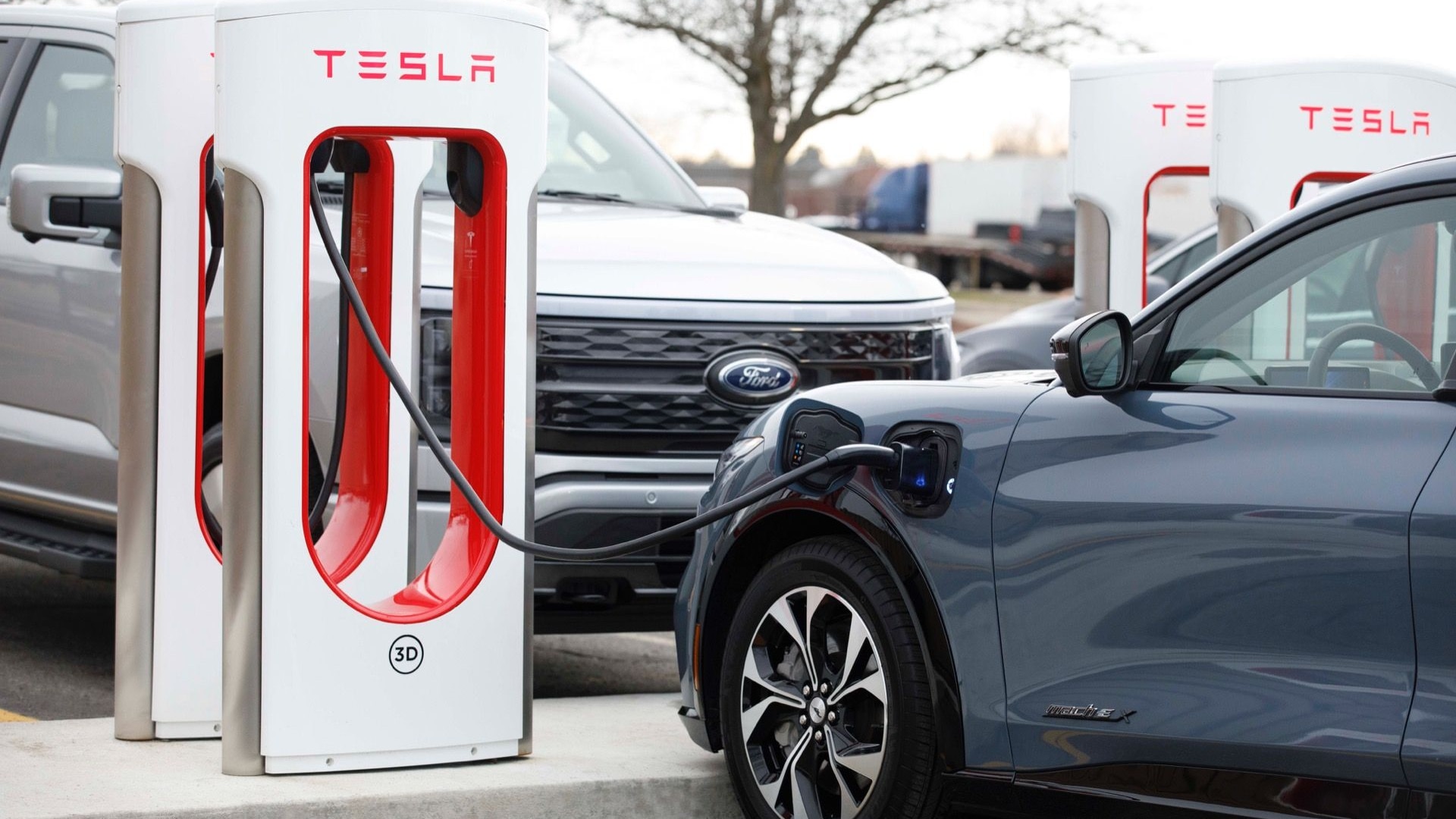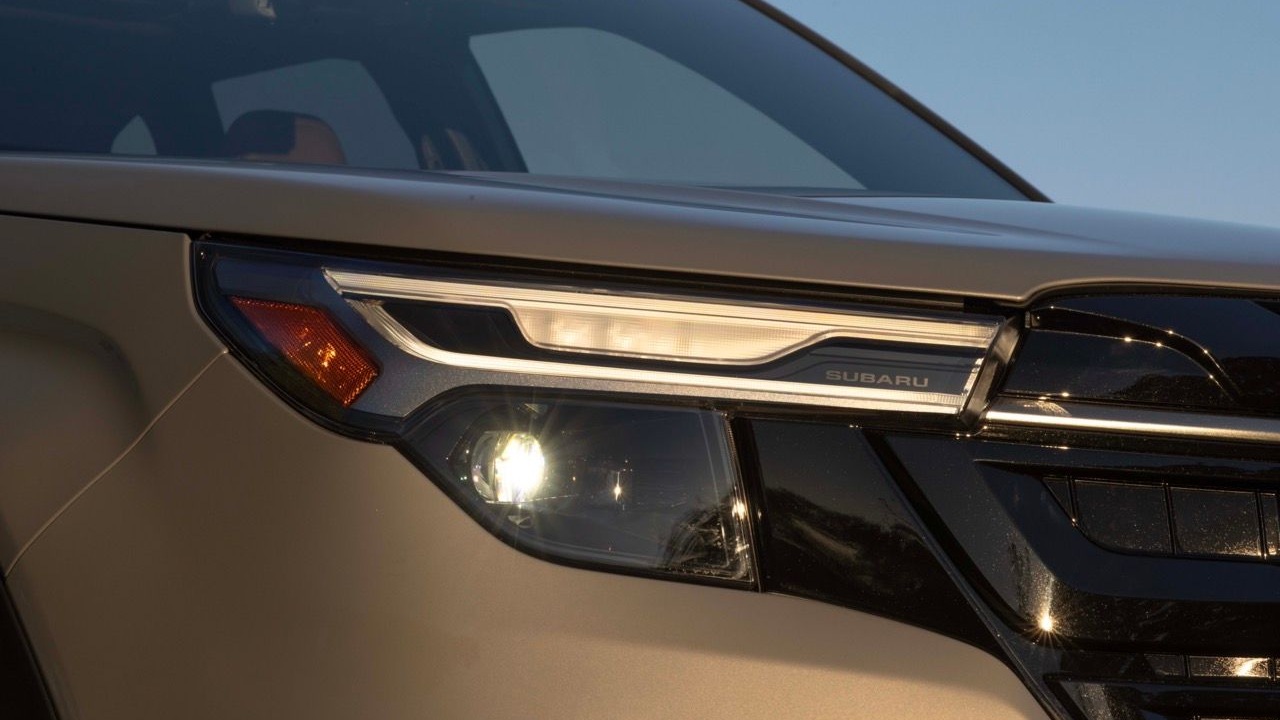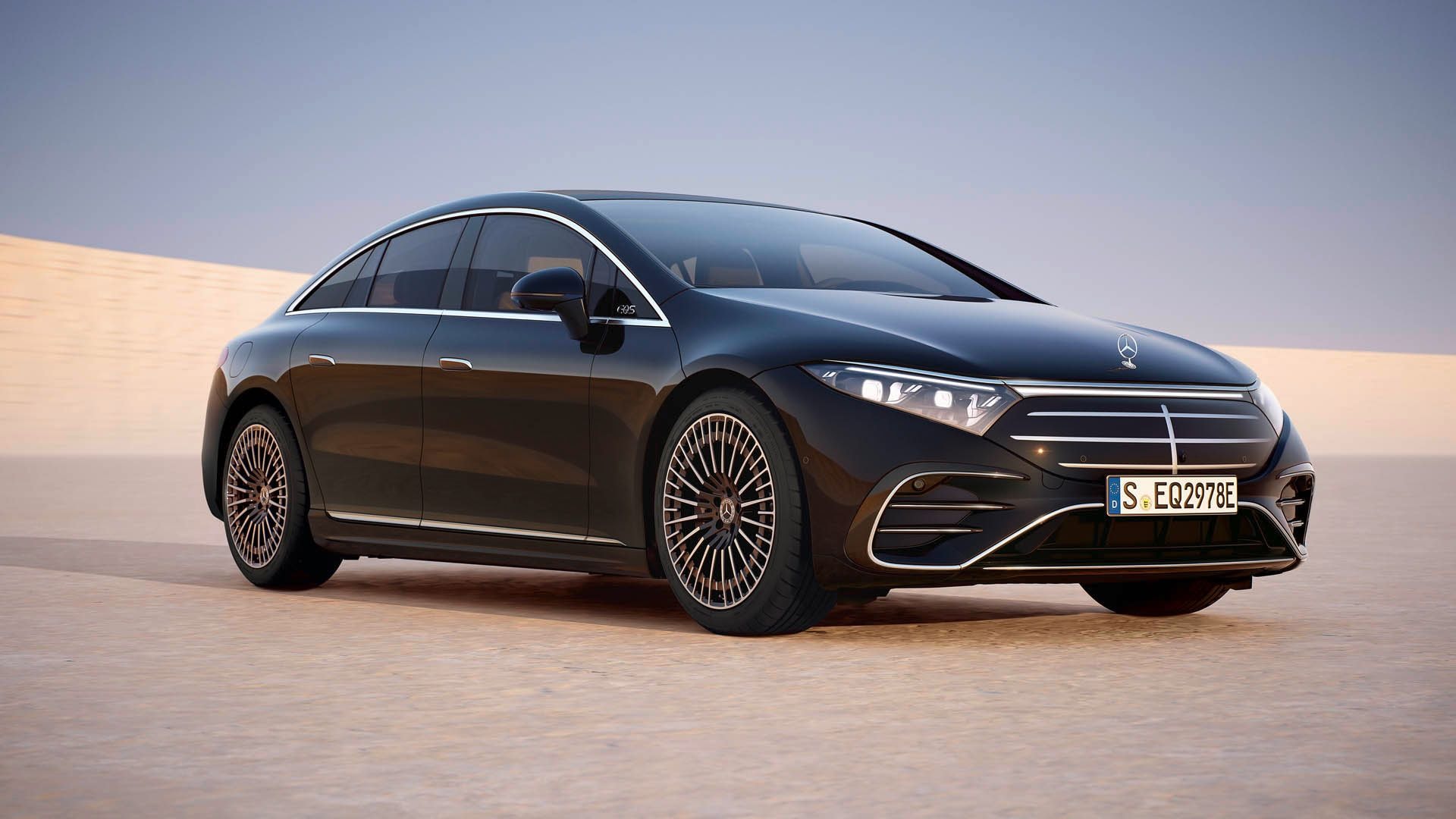The history of aviation is full of circumnavigations of the Earth meant to prove the mettle of pilots and technology.
Now, it's time for solar power to be tested in this way.
MORE: Next Kind Of Electric Transport: Solar Electric Aircraft? (Mar 2013)
On Monday morning, a solar-powered electric airplane called Solar Impulse 2 took off from Abu Dhabi on what its two pilots hope will be the first round-the-world flight with no onboard fuel.
The first leg of this potentially historic journey saw the plane fly 215 miles over the Gulf of Oman to Muscat, Oman, in about 13 hours.

Solar Impulse 2 solar-powered airplane
Organizers expect the circumnavigation to be completed by July, with pilots Bertrand Piccard and Andre Borschberg alternating at the controls throughout.
The plane itself has a wingspan greater than that of a Boeing 747-800, but only weighs around 5,000 pounds.
That massive expanse of wing is crammed with 17,000 solar cells, which provide electricity for 165 kilowatt-hours of lithium-ion battery cells--about twice the amount of a Tesla Model S.
ALSO SEE: Airbus Electric Aircraft Makes Public Flight In UK, We Still Want One (Jul 2014)
At 2,077 pounds, the batteries make up a substantial part of Solar Impulse 2's total weight, and power four 13.5-kilowatt (17.4 horsepower) electric motors. Top speed is 86 mph.
The plane will cruise at around 30,000 feet during the day, but descend at night, a strategy the pilots say conserve energy.
They wear oxygen masks most of the time. As one of the numerous weight-saving measures, the cabin isn't pressurized.

Solar Impulse 2 solar-powered airplane
For the round-the-world flight, the pilots plan to stop in India, Myanmar, and China before crossing the Pacific Ocean via Hawaii.
Solar Impulse 2 will then cross the continental U.S. before heading across the Atlantic for southern Europe and a return to the starting point in Abu Dhabi this summer.
Live updates, including status posts and a flight tracker, are available on the Solar Impulse website and on Twitter at @SolarImpulse.
[hat tip: Brian Henderson]
_______________________________________________
